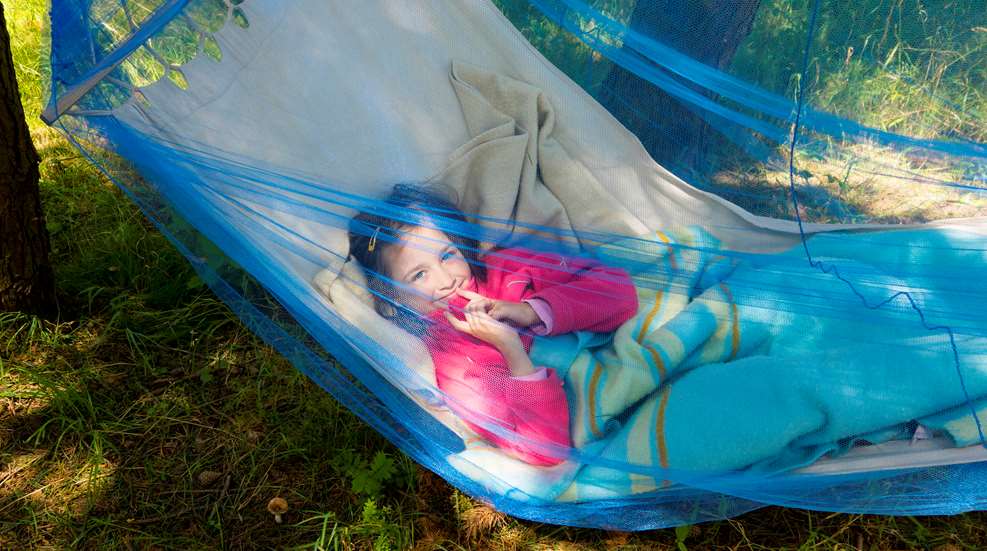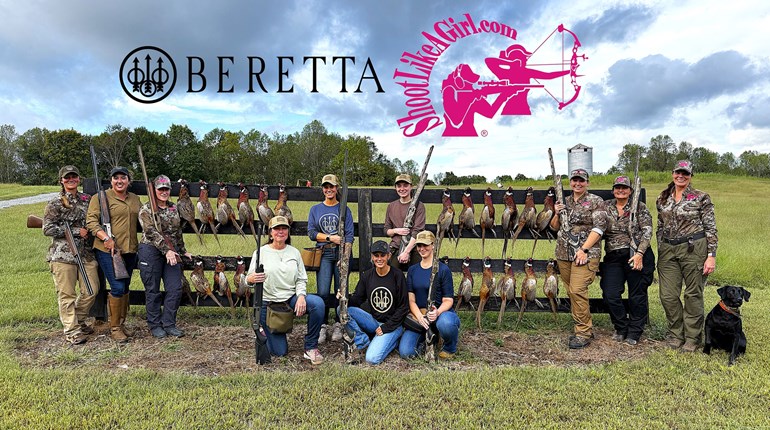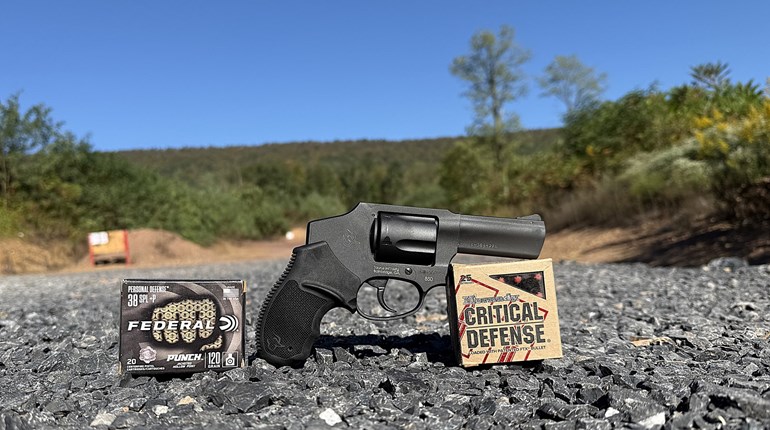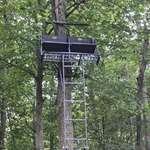
One minute, you're enjoying a peaceful evening by the fire, and the next, you are under siege by mosquitoes, gnats, and flies that seem immune to swatting and bug spray. While the shelves of your local big-box store may be stocked full of various repellents to stop the onslaught of insects, many people are opting for alternatives that are safer, more natural, and just as effective. Natural solutions may be the healthier option, but they are also great when you run low or are deep in the wilderness with no store in sight.
Just because something is labeled as "natural" does not mean it is less effective. Understanding the ingredients that comprise these natural solutions and how they repel insects is an invaluable learning experience for both adults and children. One of the most common deterrents is citronella. While the plant itself isn’t as potent as you may think, the concentrated oil from it, when applied correctly, does indeed offer some protection, although it does dissipate rather quickly.
A more effective alternative to citronella oil is lemon eucalyptus oil, which, in some studies, has been shown to be nearly as effective as DEET. When distilled properly and applied to exposed skin, it can provide protection for several hours. Just like sunscreen, it is important that you remember to reapply for continued protection, especially in humid conditions, after a swim, or when sweating heavily.
Another less commonly known--yet effective--solution is clove oil. Used sparingly due to its strength, it can be blended with a carrier like olive oil or coconut oil to provide a temporary bug barrier. Some avid outdoorsmen go a step further and create their own combination of natural ingredients, drawing upon the strengths of each addition to provide layer upon layer of protection. One of these blends incorporates witch hazel, apple cider vinegar, and essential oils like lavender, peppermint, or cedarwood. While this solution may not last an entire day in the woods, it can certainly help provide temporary comfort while enjoying some s'mores around the campfire.
One mistake some people make is assuming that natural equals harmless. Some essential oils can cause skin irritation or even allergic reactions, so it is very important that you always test blends on a small patch of skin before applying them to larger areas of skin.
 If you are not a fan of applying a solution to your skin, smoke may be a worthy alternative to consider. A smoky fire, especially one made with green or aromatic woods like pine, cedar, or sage, can deter insects from biting away at your exposed skin. While not a foolproof method, this or even strategically placed incense can go a long way in keeping you itch-free.
If you are not a fan of applying a solution to your skin, smoke may be a worthy alternative to consider. A smoky fire, especially one made with green or aromatic woods like pine, cedar, or sage, can deter insects from biting away at your exposed skin. While not a foolproof method, this or even strategically placed incense can go a long way in keeping you itch-free.
The real art of bug-proofing your camp begins before you ever set up your gear. Choosing the right campsite can either leave you relaxing under the stars, or flailing into the wee hours of the morning as you swat away hungry mosquitoes. Avoid areas with standing water, dense low vegetation, or piles of damp leaves, as these are prime breeding grounds for mosquitoes and gnats. Instead, look for slightly elevated ground with decent airflow, as sometimes a gentle breeze is all you need to send those bugs on their way.
When building your shelter, materials and construction matter. Even if you're going the minimalist route and simply using a tarp or hammock, incorporating protection against insects is fairly simple. Mosquito netting is a quick, easy, and lightweight solution to carry in your pack. If you’re building some sort of primitive shelter, use what’s available to your advantage. Thick, interwoven layers of pine boughs can serve as a natural barrier. Mud, clay, or ash can be used to seal small cracks or seams in a makeshift shelter, cutting off access for even the smallest of bugs.
Environmental awareness also plays a significant role. In drier climates, bugs may not be a serious concern except near water sources at dawn and dusk. In humid forests, they are a constant companion. Your approach to managing insect bites must match the unique environment you are traversing. In swampy regions, full-coverage clothing is often your best defense. Lightweight, breathable fabrics can cover arms and legs without overheating, and a good hat with a neck veil will protect you not only from the bugs but from the sun as well.
And while the idea of going chemical-free appeals to many in high-risk areas, especially those with mosquito-borne illnesses like West Nile Virus or Lyme disease, it is always wise to have a backup plan. A layered approach is typically going to be your best bet. Use natural repellents, cover up with clothing, and bug-proof your shelter with as much diligence as possible in order to ensure a pleasurable experience outdoors.
There is something satisfying about using what the land provides to protect yourself from its tiniest and hungriest inhabitants. It connects us to the old ways of doing things, back before the modern technologies and conveniences that we have today. Trappers, scouts, and early hunters didn’t have aerosol cans full of repellant or zippered tents to keep the outside from coming in; they had smoke, resin, bark, and good old-fashioned ingenuity. Whether you are preparing for a weekend camping with your family and friends, or teaching the next generation how to survive and thrive in the outdoors, bug-proofing your shelter and using natural repellents isn't just about remaining comfortable; it's about learning to successfully use the land and all it provides.







































